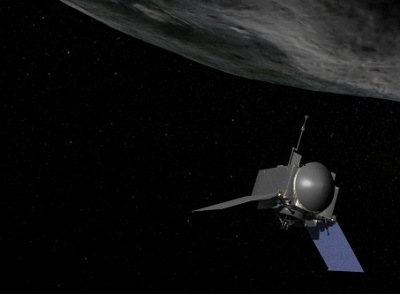
Every year human population amplifies. The latest research by NASA shows an increase of billions in population over the last hundred years. Naturally, the increase in population also increases the demand for the world’s resources.
In order to satisfy the appetite of the ever-increasing population, many communities have increased their efforts for recycling. Moreover, to seek out the new deposits, mine operators are continuously busy in exploring forbidden frontiers.
As soon as the financial and technological obstacles can be overcome, asteroids will be considered as the new source of scant material. The lumps of metals, dust and rock are known as asteroids. These are the cosmic leftovers from the formation of solar system occurred about 4.5 billion years ago. The amount of these cosmic leftovers cannot be calculated as there are hundreds and thousands of them having different weight and sizes. Small-sized asteroids are more than the large-size ones. Some of the asteroids even contain metals worth millions of dollars.
These asteroids are of different kinds, which are divided into three different classes according to their spectral type.
C-type asteroids: These are the dark carbon rick asteroids, in which the abundance of water is very high; these are the asteroids that are bound with hydrated clay minerals. The economic value of these asteroids is very low. Since Earth has plenty of water, these asteroids are important in order to expand the presence of humans throughout the solar system.
S-type asteroids: As compared to the C-type asteroids these are brighter with stony composition. These asteroids have water but in very little amount and are more economically relevant as they contain a huge amount of metal, iron, nickel and cobalt fraction.
“However, there is a fair amount of trace elements that are economically valuable like gold, platinum and rhodium,” says Dante Lauretta of the University of Arizona, Tucson, principal investigator for NASA’s OSIRIS-REx asteroid sample return mission.
“A small, 10-meter (yard) S-type asteroid contains about 1,433,000 pounds (650,000 kg) of metal, with about 110 pounds (50 kg) in the form of rare metals like platinum and gold,” said adds.
M-class asteroids: These types of asteroids have 10 types more metals in them.
It is still too soon to hope that we will get our resources through these asteroids as there are a lot of challenges in utilizing them as our resources. However, the world seems to be thinking in the right direction and we might have something to cheer about in the years to come.
Image: NASA